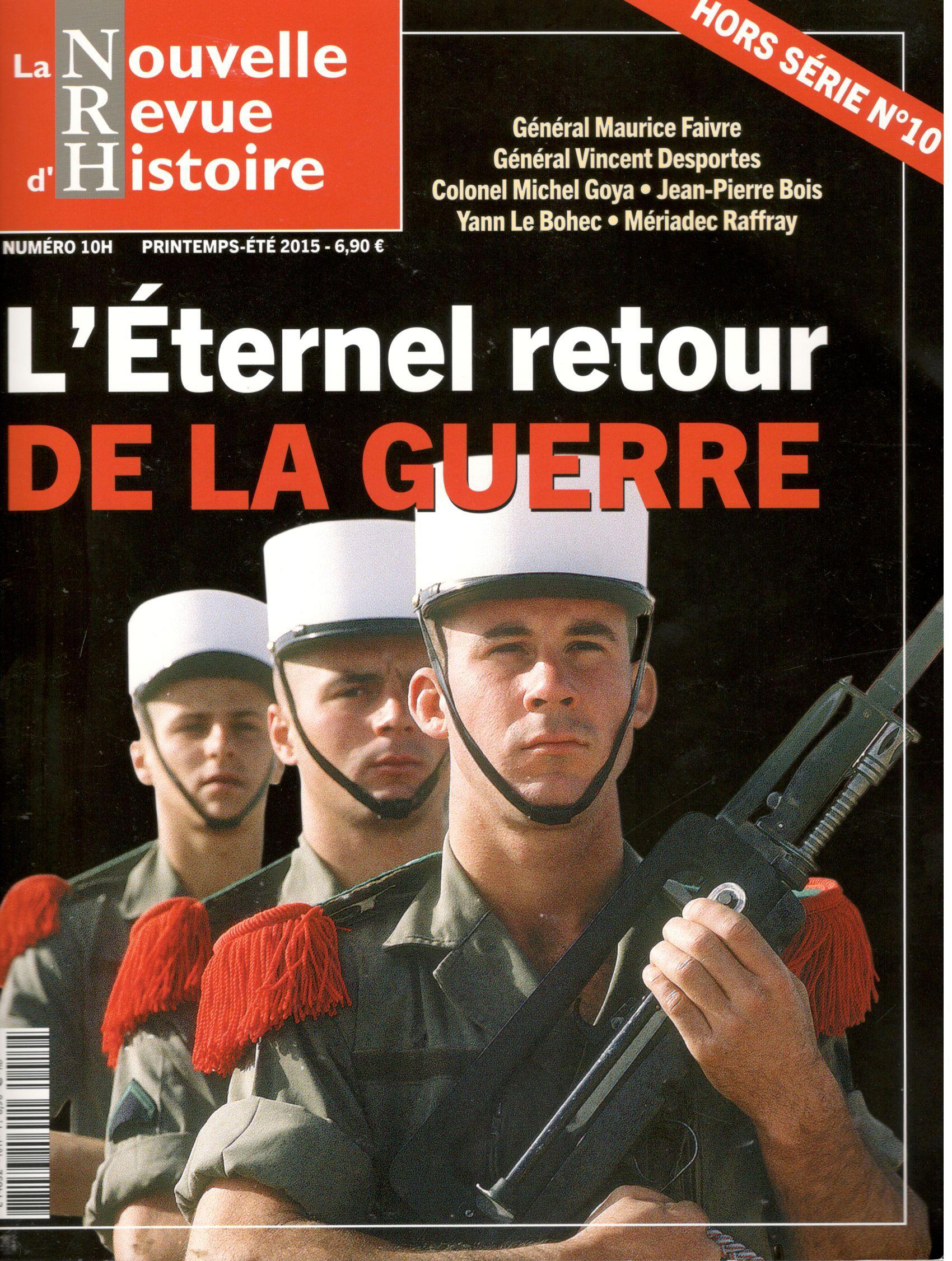« La petite guerre, auxiliaire de la ‘grande’ »
Résumé de l’article en français au bas de la présente page // Abstract of the article in English below.
Article publié dans :
La Nouvelle Revue d’Histoire (NRH, Paris), hors-série n° 10, printemps-été 2015, p. 31-33.
[Cette revue d’histoire de qualité a malheureusement cessé de paraître après octobre 2017.]
Le texte intégral de la version publiée de l'article peut être consulté et téléchargé, au format PDF, en cliquant ICI.

Résumé introductif en français :
Cet article est une porte d’entrée idéale dans le sujet, avant la lecture du livre de Sandrine Picaud-Monnerat, “La petite guerre au XVIIIe siècle” (2010) ; le livre démontre en effet ce qui est annoncé et souligné dans cet article. On a ici, en trois pages, une brève synthèse, claire, simple, qui pose les lignes de force essentielles, thématiques et chronologiques, pour comprendre ce qu’était la petite guerre, son usage au XVIIIe siècle, et l’importance de la guerre de Succession d’Autriche (1740-1748) comme tournant de la pratique et de la réflexion militaire à ce sujet. L’article part d’un constat : la publication en Europe, à partir du milieu du XVIIIe siècle, de traités militaires qui décrivent la façon de pratiquer la « petite guerre ». En effet, dans les conflits militaires du temps, cette façon de faire la guerre avait pris de plus en plus d’importance, et il était temps de réfléchir à son sujet. Quelques éléments de définition sont exposés, puis illustrés par un exemple, celui du rôle des troupes légères lors du siège d’une place. Ces éléments étant posés, l’article décrit le contexte explicatif du déploiement de la petite guerre dans les guerres de la fin du XVIIe siècle et du XVIIIe siècle ; et notamment le rapport avec ce que l’on a appelé le « blocage tactique » du début du XVIIIe siècle. La deuxième moitié de l’article synthétise le rôle de la guerre de Succession d’Autriche comme accélérateur de l’usage des troupes légères en Europe. S. Picaud-Monnerat souligne que cette guerre a vraiment « fait époque » dans l’évolution de la tactique, et met en lumière le rôle, en France, du comte d’Argenson, secrétaire d’Etat de la guerre, et du maréchal Maurice de Saxe, en mettant en valeur, aussi, l’exemple de la campagne de 1746 au niveau opératif.
Abstract in English:
"The 'petite guerre' as an auxiliary of regular, large scale warfare"
This article is the perfect gateway to the subject before reading the book of Sandrine Picaud-Monnerat, “La petite guerre au XVIIIe siècle” (2010); indeed, the book demonstrates what is announced and underscored in this article. Here is set out, over three pages, a brief and clear synthesis, thematic and chronological, upon what were the “petite guerre”, its use throughout the 18th century, and the great deal of importance of the War of the Austrian Succession (1740-1748) as a watershed concerning the practice and military thinking about it. The article begins with an assessment: the publication in Europe, from the middle of the 18th century onwards, of military treatises describing the practice of the "petite guerre". Indeed, this way of waging war had become more and more important in the military conflicts of the time, and it was necessary to think about it. Some elements of definition are presented, and then illustrated by an example – the role of light troops during the siege of a stronghold. Those elements set down, the article describes the explanatory context for the deployment of the "petite guerre" in the wars of the late 17th and the 18th centuries; and in particular the relationship with what was called the "tactical blockade" of the early 18th century. The second half of the article summarizes the role of the War of Austrian Succession as an accelerator for the use of light troops in Europe. S. Picaud-Monnerat underlines the fact that this war really "made an epoch" in the evolution of tactics, and highlights the role in France of Count d'Argenson, Secretary of State for War, and Marshal Maurice de Saxe, emphasizing, too, the example of the campaign of 1746 at the operational level.